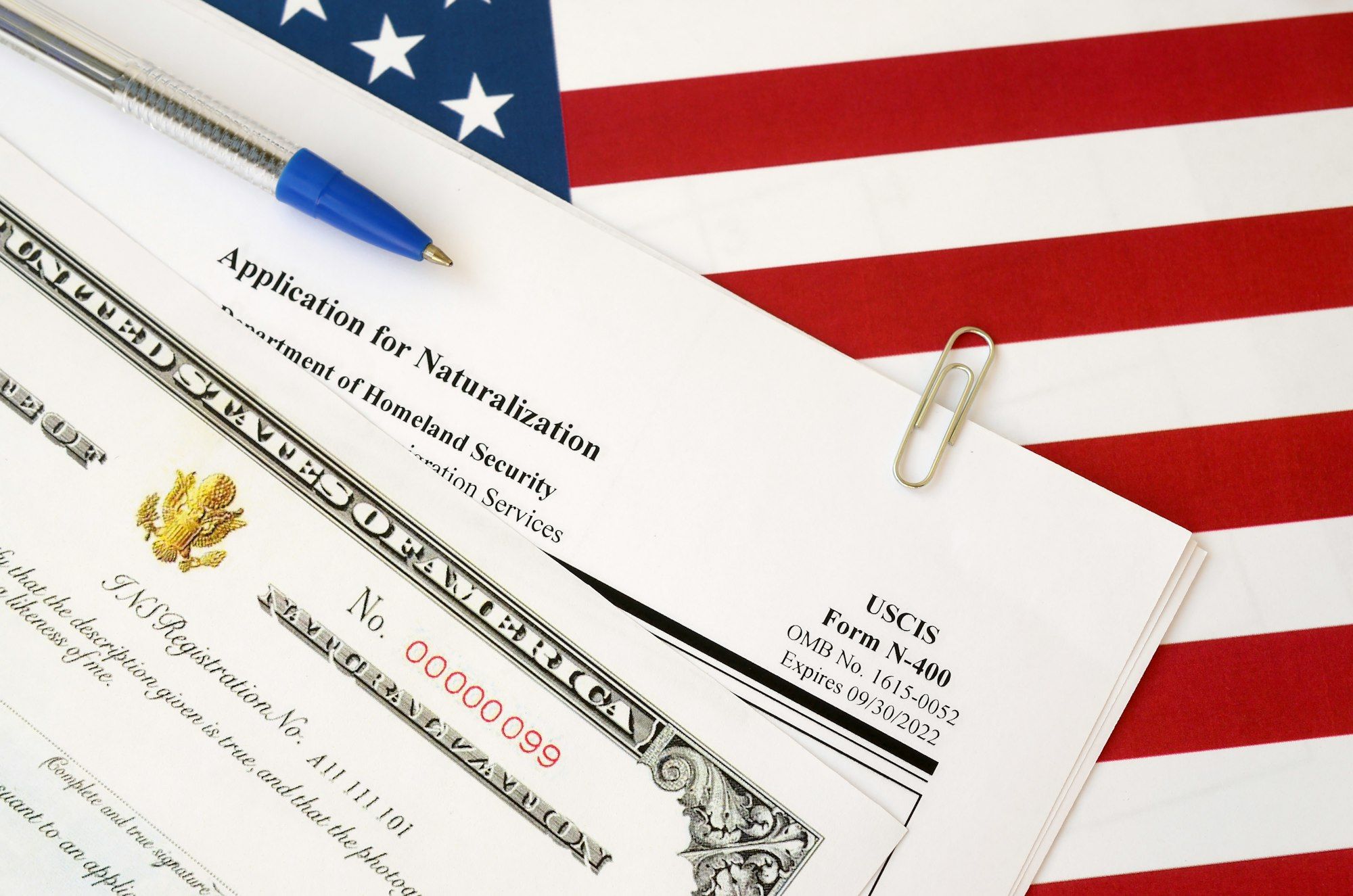Are you considering becoming a British citizen? This process, known as naturalisation, grants individuals the full benefits and responsibilities that come with British citizenship. It may appear daunting given the numerous requirements and steps involved, but we’re here to break down the process for you. From immigration statuses to visas, and from language requirements to the citizenship test, we will guide you on your journey to becoming a UK citizen.
Understanding the Requirements for Naturalisation
Before we delve into the application process, it’s important to understand the various requirements for naturalisation. The British Home Office stipulates certain conditions that every applicant must meet. Let’s examine these conditions closely.
Cela peut vous intéresser : How to report a noise complaint in urban areas of the UK in 2023?
Firstly, you must be at least 18 years old to apply for British citizenship. You must also have held Indefinite Leave to Remain (ILR) status or ‘settled status’ for at least 12 months before your application. This status indicates that there are no immigration restrictions on how long you can stay in the UK. Also, you must have lived in the UK for at least five years and not spent more than 450 days outside the UK during these five years.
Further, you must demonstrate good character, which essentially means you don’t have a serious or recent criminal record, and you haven’t tried to deceive the Home Office or been involved in immigration offences in the last 10 years.
A lire en complément : How can UK residents get involved in community policing initiatives in 2023?
Finally, you must prove your knowledge of English and pass the Life in the UK Test, a test about British traditions and customs.
Preparing the Necessary Documentation
One of the most crucial aspects of your citizenship application is preparing the correct documentation. This demonstrates to the Home Office that you meet all the mentioned requirements.
You will need to provide your current passport and biometric residence permit (if you have one) to prove your identity and immigration status. You will also need documents that prove your knowledge of English, such as an English qualification at B1, B2, C1 or C2 level, a degree taught or researched in English, or proof that you’re a national of an English-speaking country.
Additional documents for your application include evidence of your ILR status, such as a letter from the Home Office, and documents that prove you’ve lived in the UK for the required amount of time, such as utility bills, bank statements, or a letter from your employer.
Completing the Citizenship Application
With your documents in order, the next step is to complete the citizenship application. This involves completing an online form that can take some time due to the level of detail required.
The application form will ask about your current status, including your visa and ILR details. You will also need to provide personal information, such as your full name, date of birth, current nationality, and details about your time spent outside the UK in the last five years.
Remember to include your employment or study details and any previous immigration applications you’ve made.
Take your time completing the form to ensure all information is accurate and true. Providing false information could lead to your application being denied and affect any future applications.
Taking the Life in the UK Test
The Life in the UK test is a compulsory part of the naturalisation process. It’s a 45-minute test that consists of 24 questions about British traditions, history and everyday life. You must score at least 75% to pass.
You can book the test online and it costs £50. There are over 30 test centres in the UK, so you can choose a location that is most convenient for you. Once you’ve passed the test, you will receive a pass notification letter which you will need to include in your naturalisation application.
Waiting for Your Application Decision
After submitting your application and supporting documents, and passing your Life in the UK test, all that is left is to wait. The Home Office usually makes a decision on your application within six months. However, it can take longer.
While waiting, you may be invited to attend a citizenship ceremony if your application is successful. This ceremony is the final step in becoming a British citizen. Here, you will make an oath of allegiance and receive your certificate of British citizenship.
In summary, applying for British citizenship through naturalisation involves understanding the requirements, preparing the necessary documentation, completing the application, passing the Life in the UK test, and waiting for your application decision. While it may seem like a complex process, the benefits of British citizenship are certainly worth it.
Special Cases for Naturalisation Application
There are special cases in which the naturalisation application process may differ. For instance, if you’re married to a British citizen or have previously held British nationality, your application route could vary slightly.
If you’re married to a British citizen, you may not need to wait for 12 months after obtaining your Indefinite Leave to Remain (ILR) or settled status. This means that you could apply for British citizenship as soon as you acquire ILR or settled status. However, you will still need to meet all the other requirements, including the Life in the UK test and English language proficiency.
For those who have previously held British nationality, such as those who have renounced their British citizenship in the past but now wish to reapply, you may qualify for a different application process. It’s important to consult with the Home Office or a legal professional to understand your specific circumstances.
Equally, if you’re the child of British citizens or those with ILR, you may be able to register for British citizenship rather than apply for naturalisation. This depends on various factors such as your age and your parents’ circumstances, so it’s advisable to seek further guidance.
Acquiring a British Passport after Naturalisation
After becoming a British citizen, the next step is to apply for a British passport. This identity document is essential for international travel. It not only serves as proof of your identity but also of your status as a British citizen.
To apply for a British passport, you will need to provide your certificate of British citizenship, Biometric Residence Permit, and any other required documents such as your birth certificate. You will also need to complete an application form and provide two suitable photos.
Processing times for passport applications can vary but typically take several weeks. So it is advisable to plan any post-naturalisation travel accordingly.
Remember, as a British citizen, you now have access to the numerous benefits that come with British citizenship, such as the right to live and work in the UK, vote in national elections, and receive a British passport.
Conclusion
Applying for British citizenship through naturalisation is a detailed and multifaceted process. It involves meeting specific requirements, preparing documentation, completing an application, passing the Life in the UK Test, and waiting for the application decision.
While it may seem complex, the rewards of attaining British citizenship are immeasurable. As a British citizen, you will enjoy a variety of benefits, including the right to work, vote, and live in the United Kingdom, and also the privilege of owning a British passport.
Whether you’re applying as an individual, married to a British citizen, or have previously held British nationality, understanding the process is crucial. With all the right information, you can navigate the path to British citizenship with more confidence and ease.
Remember to take your time, prepare thoroughly, and seek professional advice if needed. Good luck on your journey to becoming a British citizen!














